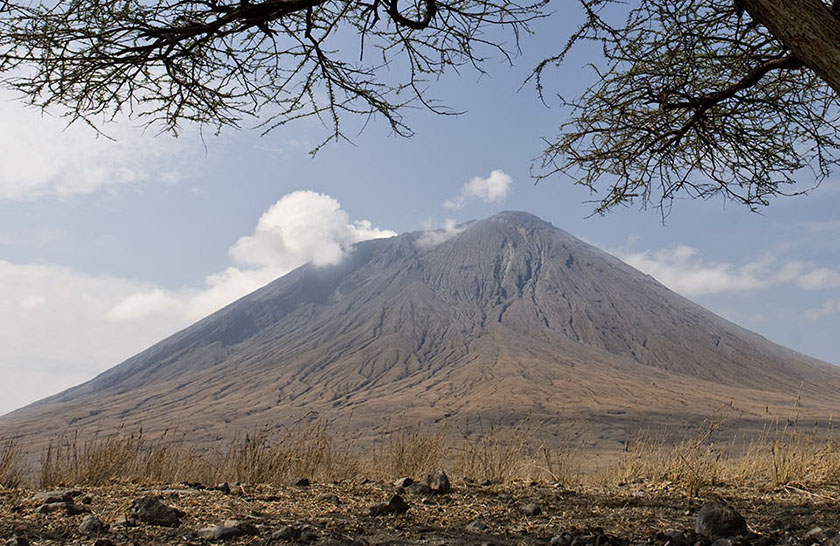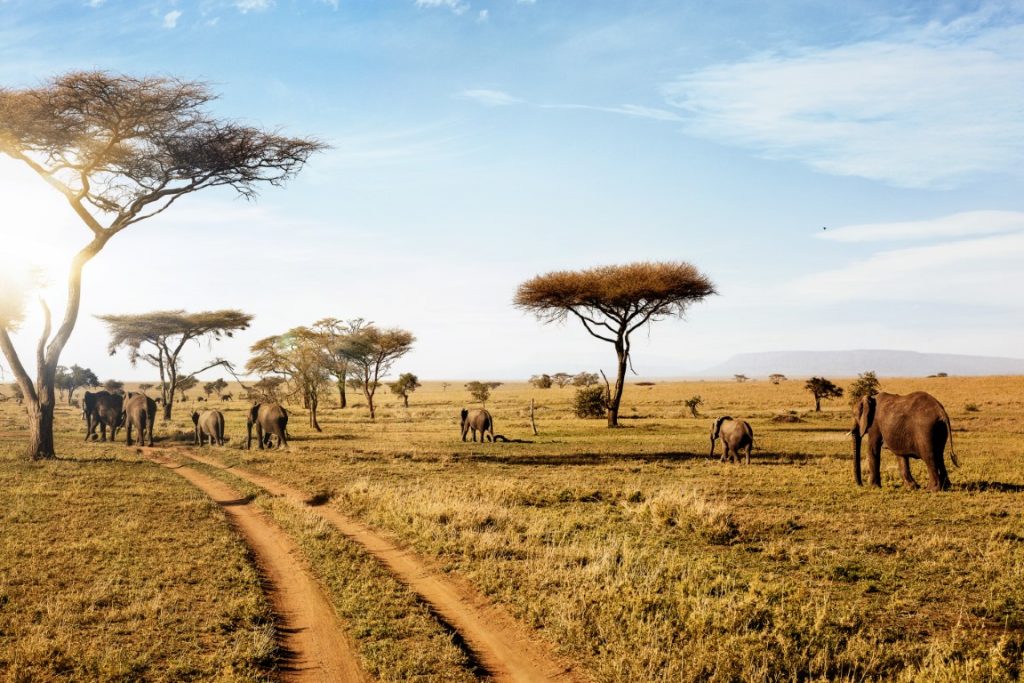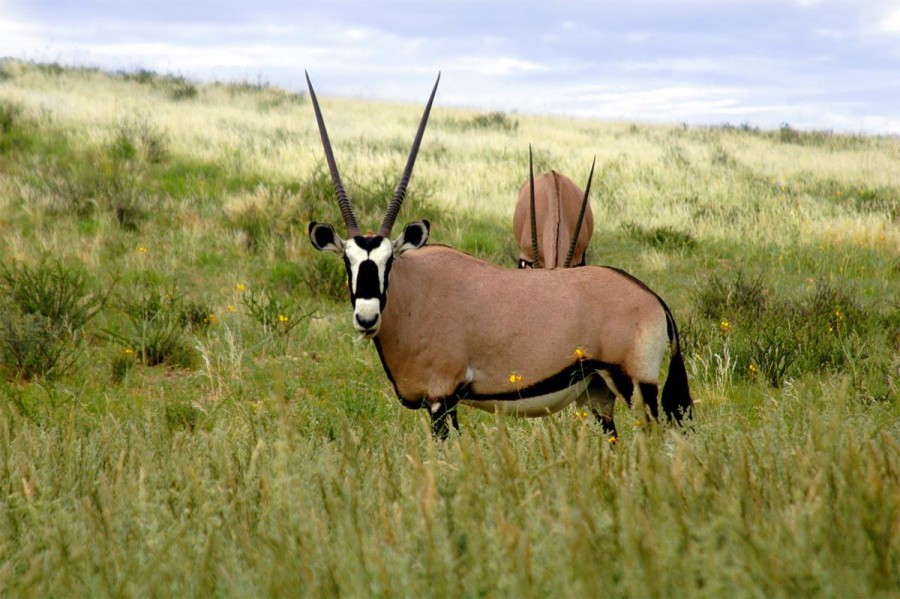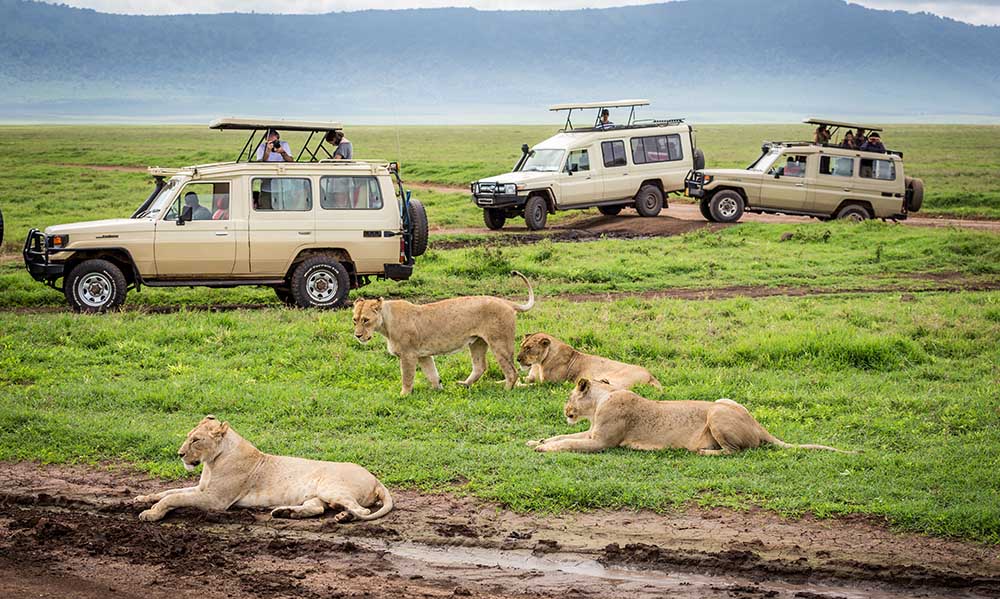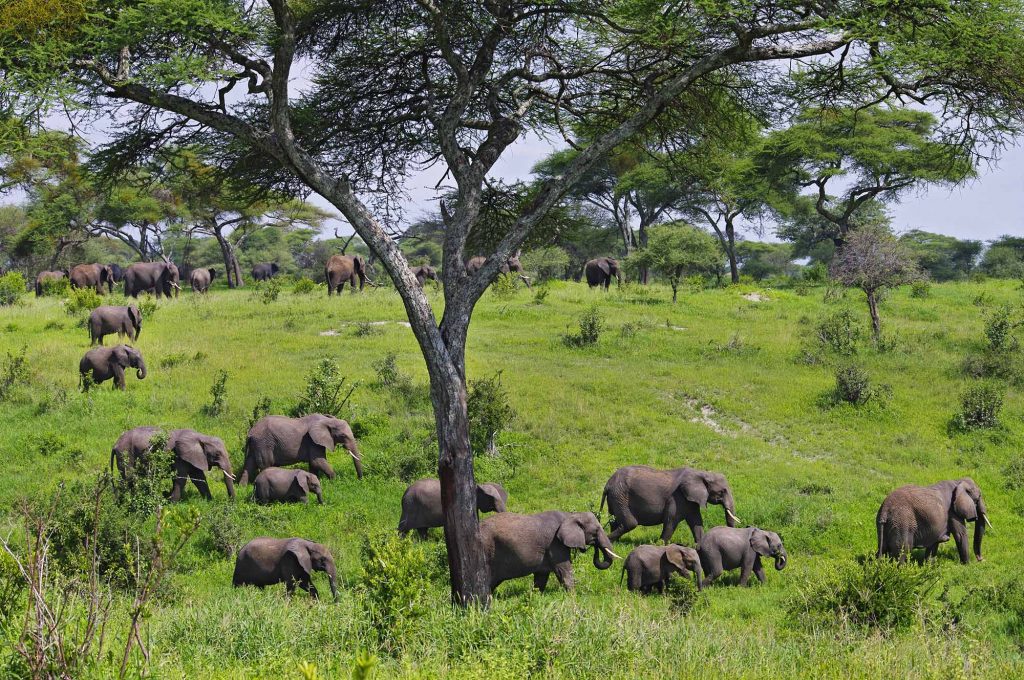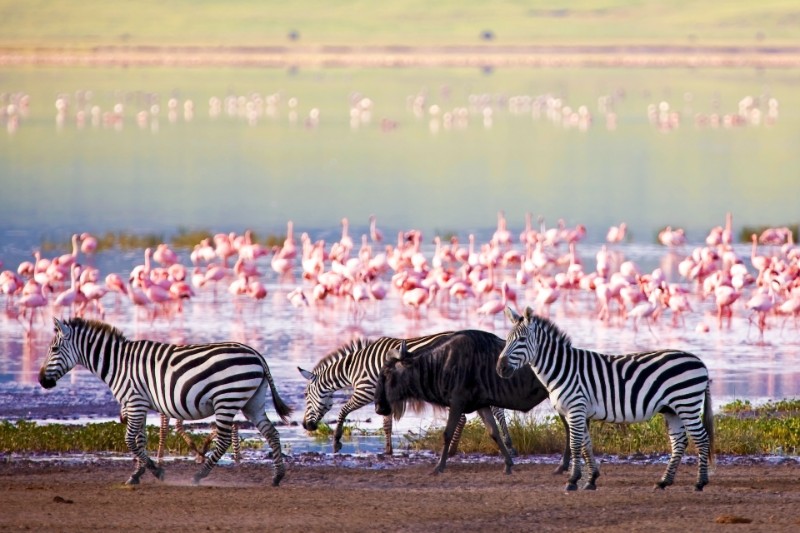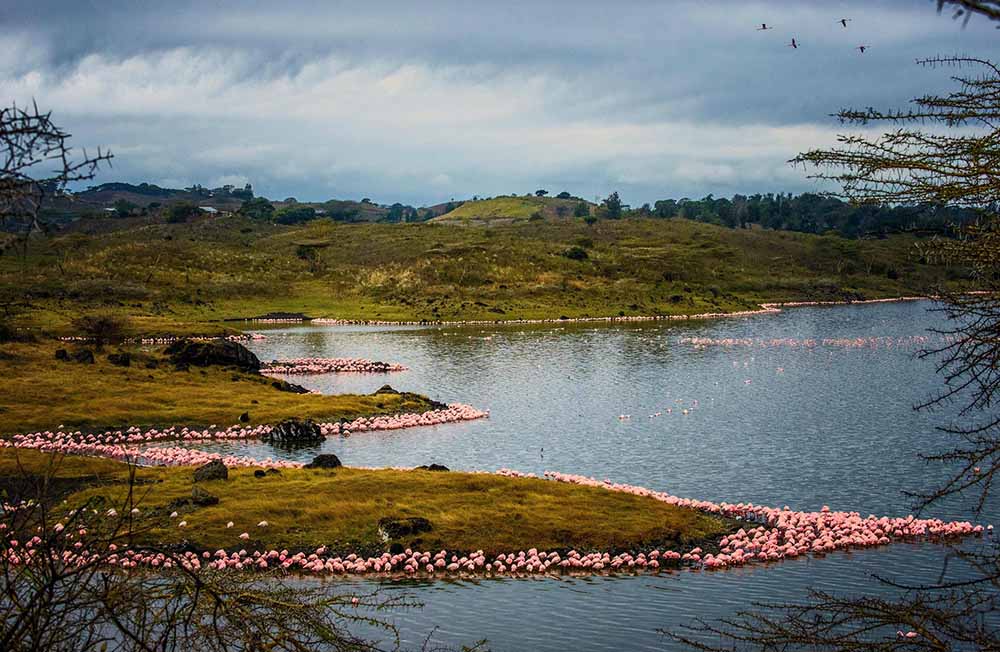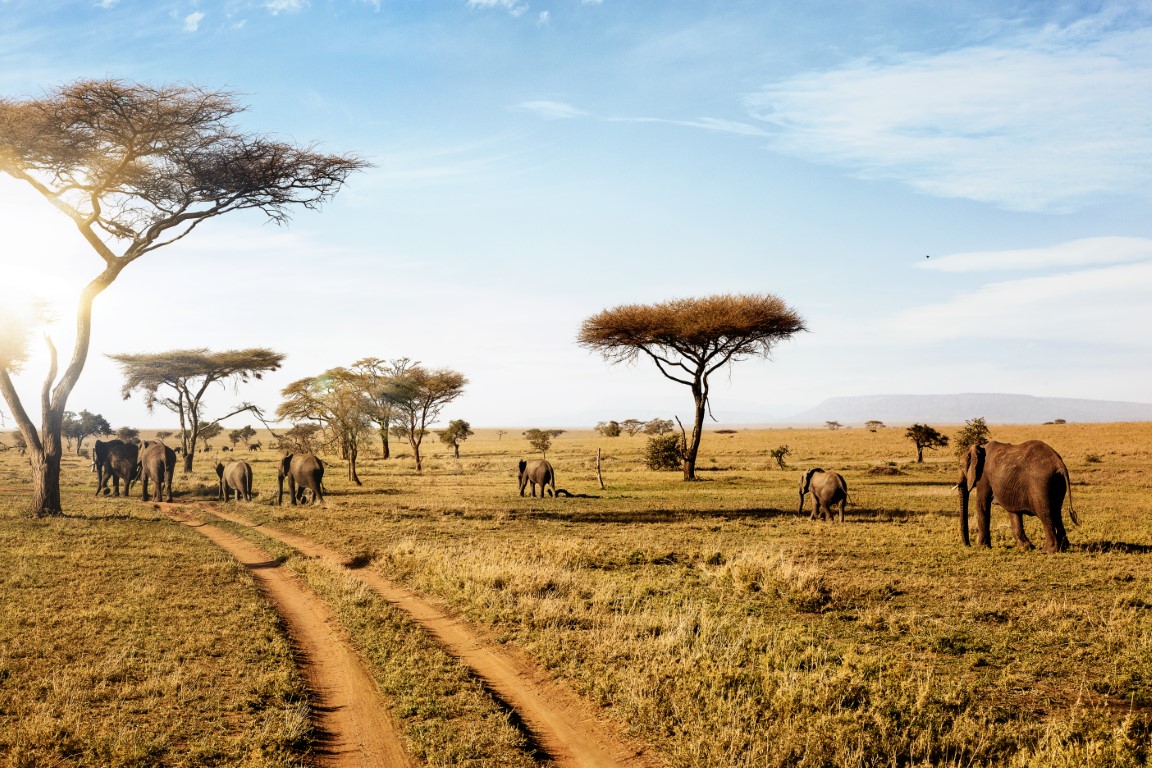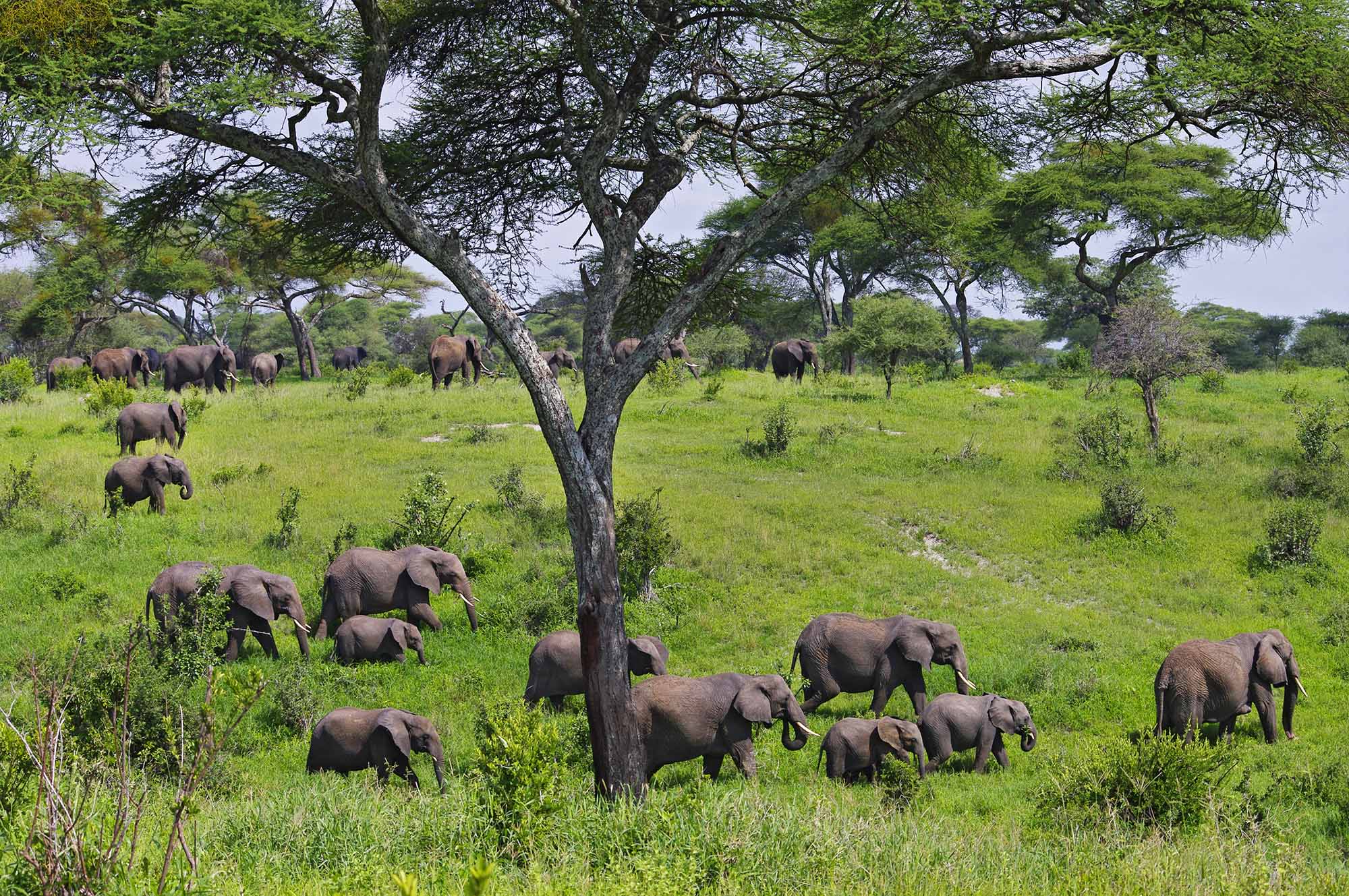Trekking Oldonyo Lengai during Safari
Oldonyo Lengai Trekking: OlDonyoLengai is referred to by the Maasai individuals as the “Mountain of God”, OlDoinyoLengai is absolutely dynamite. Rising gloriously from the Great Rift Valley floor to the tallness of 2890m, OlDoinyoLengai is the central dynamic fountain of liquid magma on a planet that ejects carbonatite magma. This sort of magma is remarkable because temperatures of these magmas are just around 500°C, about a large portion of the temperature of typical basalt magmas, and its magma streams with a consistency nearly as liquid as water.
Others portray Oldonyolengai Trekking as an experimentally valuable, geochemical place of worship; Oldonyo lengai is a significant physically requesting ascension. Its precarious incline makes it a test to scale just as to move down, and the daytime heat is unendurable. The best time to ascend the mountain is during the evening when the temperatures are lower.
This enables the climber to observe the stunning dawn at the summit and return before the scorching warmth kicks in. Contact us for Oldonyolengai Trekking.
Oldonyolengai is very steep and will take you about 6 hours to summit. However, it is well worth the hike and the midnight start time! Do your homework beforehand and make sure you will be prepared with a headlamp, jacket, gloves (highly recommend for the climb), and some comfy hiking boots. The hike down is honestly the hard part and takes the same amount of time as the hike up. You’ll get back to your car around noon. Very happy after you did this hike. It was something different than just going to Africa for the animals, the best part of your trip!
The price USD $400 per person

